The devil is in getting the details. That’s because lots of megapixels and pricey lenses won’t get you there alone. Making use of all those megapixels also takes meticulous technique. Getting sharp, detailed images requires following five rules, focus accurately, choose the best aperture, shoot at low ISO, shoot RAW, and keep the camera motionless during exposure. Ignore any of these rules and your prize winning composition may well find its way to the recycle bin instead of a print on the wall. Consider that many current (2015) professional and enthusiast cameras have a pixel pitch of around 5 microns, or about 1/20th the thickness of a human hair. If the camera moves just one pixel width during the exposure, blurring detail from one pixel into the next, you’ve effectively cut your resolution in half. Keeping the camera motionless means, in this case, well below our ability to see it move. A sharp photograph takes some time and effort, and the biggest effort by far is the use of a tripod.
A good tripod is more important than a good lens, though a lot less sexy. Not only does a solid tripod eliminate or dampen camera movement, but it encourages careful composition, focus and selection of aperture. That’s why pros use a tripod whenever possible. At dawn, photographers line the shores of Colorado’s Maroon Lake like fisherman hoping for the day’s big catch. Looking down the row of tripods, it’s easy to tell the pros and enthusiasts from beginners. The pro and enthusiast tripods are well worn because they go everywhere, always. Since the best tripod is the one you have with you, work with a tripod that you’ll actually carry along. I use two tripods for most of my work, a sturdy Gitzo with a solid ball head (about 5 lbs) for when I’m working near the car and a lightweight carbon Feisol and light ball head (about 3 lbs) for venturing into the wilderness. Counter to much advice about buying the most sturdy tripod you can afford, I suggest compromising on tripod weight as one way of assuring that it will be along for the ride. I recommend buying the most sturdy tripod you’re willing to carry.
A tripod alone will not keep your camera motionless during exposure. The internal mechanisms from moving mirrors and shutters also introduce vibrations. It’s essential, therefore, to lock up mirrors on DSLRs, and use first curtain electronic shutters on all digital cameras that have them, to eliminate all internal vibrations. One final source of camera shake is the act of pushing the button. This can defeat all the other precautions, especially on a light tripod. There are two simple ways of avoiding this problem. You can use the camera’s self timer set to wait 10 seconds before actually firing the shot. This gives the camera and tripod a bit to settle down before the exposure. But a better method is to use a remote camera release. This allows you to be more precise in capturing the decisive moment and doesn’t introduce movement in the first place. A remote release is an indispensable member of my camera bag. Following these tips will help ensure your camera is motionless during the exposure.
All of this is irrelevant if your lens isn’t focused on your subject. While this is kind of a “duh” comment, you’d be surprised at how often the auto focus systems on cameras get it wrong. Even if it’s accurate, the auto focus system doesn’t know what’s important to you in your composition. Check to see if the subject or most important element of your composition is in focus by looking critically at a magnified live view image on screen. This is, once again, easier to do on a tripod. Counter to conventional wisdom, professional level cameras are not immune to focus inaccuracies. One way to mitigate any focus inaccuracies is to stop down, increasing the depth of field.
For landscape photographers who often want everything in focus, stopping down will come naturally. If done in moderation, it also helps the lens perform at its peak. Most lenses have their peak resolution somewhere around 2 stops closed from wide open. So, an f2.8 lens is likely to be at its sharpest around f5.6. Beyond f11 or f16, diffraction starts to soften the image. The vast majority of my images are shot at f8 or f11, a compromise between peak lens performance and enough depth of field for getting everything important in focus. As a rule, I leave my camera on Aperture Priority Mode most of the time so that I can select the best aperture for the scene and let the camera change the shutter speed to provide the correct exposure. Some compositions benefit from a shallow depth of field and opening the aperture to isolate the subject, while others do well by stopping down to get everything in focus. Either way, avoid the extreme apertures, either wide open or completely closed, if at all possible. Working with the lens at its peak is another piece in the sharpness puzzle.
The next piece in the puzzle is shooting at base or low ISOs to ensure that there is little detail robbing noise in your image. Noise inherent in the sensor and other camera electronics appears like a fine grain in an image. At low ISOs, the noise is likely to be very subtle and won’t interfere with image details. At higher ISOs, the signal from the sensor is amplified, amplifying the noise in the process. If the noise becomes predominant by cranking up the ISO, it can overwhelm the finer details in an image, essentially masking them from view and making the image look splotchy. One corollary here is that higher ISOs result in smaller sharp prints. But, you’re shooting on a tripod, right? So keeping the ISO low and using a long exposure isn’t a hardship.
Finally, in camera noise reduction and jpeg compression both kill detail. Most cameras employ some degree of noise reduction when shooting jpeg, even at low ISOs. These algorithms smooth the graininess so to hide the noise in blank areas on an image, such as the sky. In the process, they also smooth over areas of fine detail, such as sand, grass, and distant trees. Jpeg compression has a similar effect. By compressing information in a lossy way, jpeg is destructive to the same fine, low contrast detail. The result is blurred fine detail and a mushy image. Shooting RAW avoids both of these pitfalls. It avoids jpeg compression altogether and allows the photographer to choose the amount of noise reduction, or not, in post processing. Cameras vary in their ability to retain fine detail with jpeg compression. Click on the example below, from a Canon 5DII, to get some idea about how much is lost when using in camera jpeg processing.
When in the field, much of my work flow centers on getting a sharp image. I always set the ISO low and select RAW image format to ensure that I’m getting every detail possible out of the camera. I also make certain that the electronic first curtain shutter option is on. Once an image is composed on the tripod, I double check my focus. The next step is to choose an aperture the gives the best balance of lens performance and depth of field appropriate for the composition, letting the camera choose the shutter speed. Finally, I lock up the mirror on DSLRs and release the shutter with a camera remote. I follow these five rules like a mantra, repeating them over and over. Though a bit involved initially, through repetition you’ll find that they become second nature and all your images will be pin sharp.
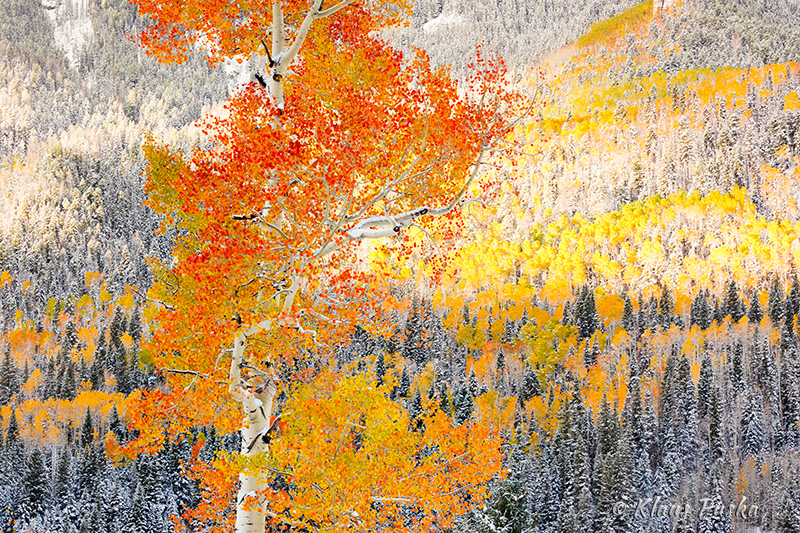
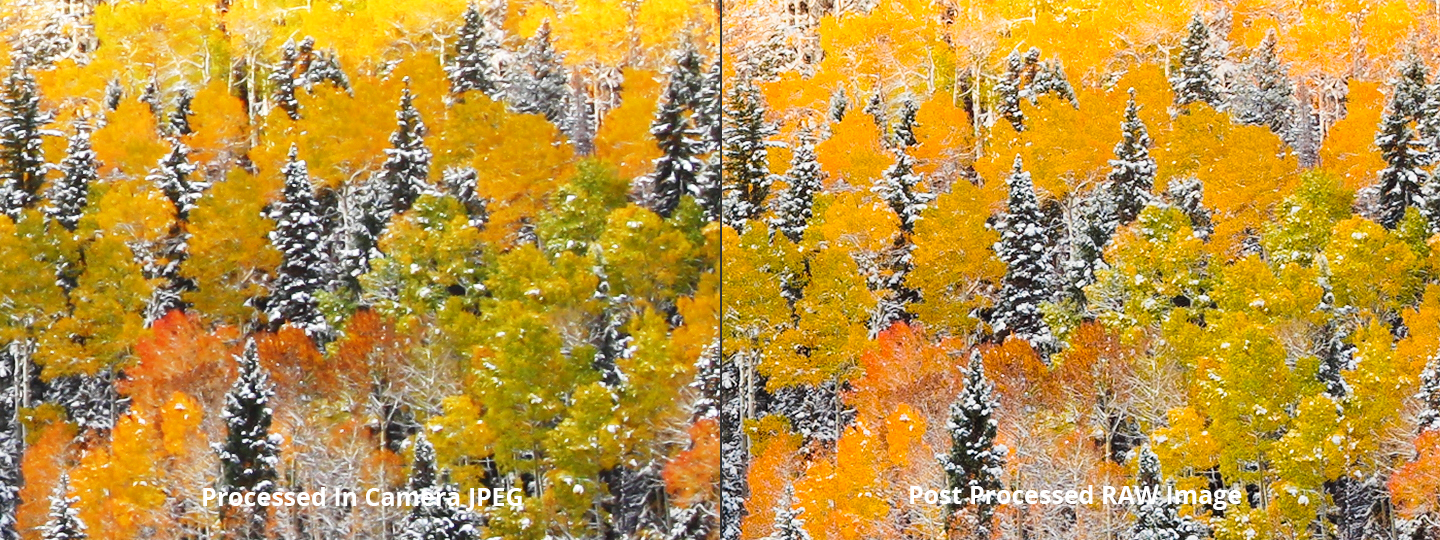
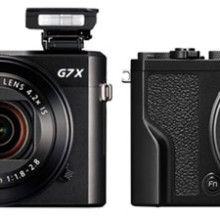

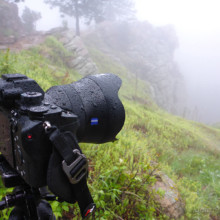
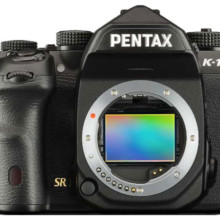
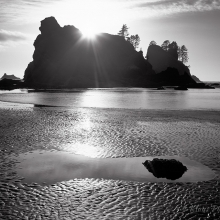
Leave A Comment